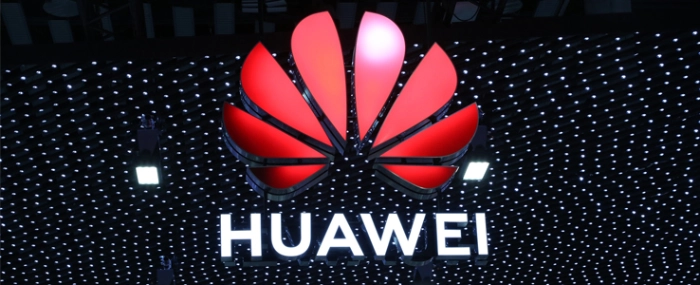
© Huawei
Analysis |
Expanded US rules sanctioning Huawei to have little impact on memory industry
TrendForce believes that the latest updates to the sanctions will have a relatively low impact, in the short term, on Huawei’s shipment of smartphones, notebook computers, and servers – products for which Huawei is relatively well stocked on components.
The Bureau of Industry and Security of the U.S. Department of Commerce announced an expansion of the trade restrictions against the Chinese technology giant Huawei on May 15.
The new rules, once implemented, will compel all foreign semiconductor manufacturers that use U.S.-made equipment to obtain a special license from the U.S. government in order to supply chips to Huawei and its subsidiaries or affiliates such as HiSilicon. While these rules are subject to further interpretation, TrendForce’s investigation finds that their effect on Huawei’s procurement of memory components (both DRAM and NAND Flash) is limited for now, with both DRAM and NAND Flash suppliers able to continue their shipments to Huawei. Worth noting, however, is the fact that the U.S. government will keep tightening its oversight on Huawei and Chinese technology enterprises on the whole. Therefore, further observations are needed to determine how much of an impact the enforcement of future restrictions will have on the ability of memory suppliers to sell their products and on the overall demand of the memory market going forward.
Regarding the effect of the new rules on the demand side of the memory market, the current focus of observation is on whether Huawei will face extra challenges in maintaining shipments of its products (including smartphones, notebook computers, servers, and networking devices). TrendForce believes that the latest updates to the sanctions will have a relatively low impact, in the short term, on Huawei’s shipment of smartphones, notebook computers, and servers – products for which Huawei is relatively well stocked on components. Instead, the sanctions are likely to primarily affect Huawei’s 5G business. The U.S. government could impede Huawei’s product shipments related to the construction of 5G base stations and networking devices in the future. Nevertheless, TrendForce points out that there is a 120-day grace period from the announcement of the new rules to their enforcement. Additionally, Huawei has already significantly raised its inventory of components. Based on TrendForce’s estimation, Huawei will probably feel the concrete impact of the new rules on its product shipments after 4Q20.
In addition, TrendForce believes that memory suppliers have not designed their products (e.g. DRAM, NAND Flash, and other related solutions) according to the specifications provided by Huawei or its subsidiaries and affiliates such as HiSilicon. Therefore, these suppliers should be able to continue shipping memory components to Huawei, in light of the newest draft of the trade restrictions. On the other hand, U.S.-based memory suppliers (including Micron and Intel) already previously obtained the special export license for selling products to Huawei, meaning the additional restrictions will not prevent these suppliers from shipping to Huawei.
However, the U.S. ban on Huawei, its related companies, and even other Chinese brands is likely to intensify going forward. Following this assumption, even if memory suppliers have no trouble selling to Huawei, there will be an inevitable impact on shipments of end products in the future. Taking into account the continuing spread of the COVID-19 pandemic, TrendForce has already reduced its forecast of DRAM and NAND Flash ASP in 2020. The relevant sanctions from the U.S. on Chinese brands as a whole will aggravate the pressure on subsequent memory prices.
Forecasted sequential changes of quarterly DRAM/NAND Flash ASP in 2020
Furthermore, China has been making increasingly rapid progress regarding its semiconductor independence, with memory products being the most important piece to this puzzle. YMTC is currently on the verge of mass producing 128L 3D NAND products, while CXMT has produced a small volume of 19nm DDR4 products. These developments reflect the preliminary result of China’s investment in memory R&D in the past three to five years. As the U.S. continues to sanction China with increasing intensity, China will inevitably elevate its efforts in memory development to reduce its dependency on other countries’ memory industries.
| 1Q20 | 2Q20E | 3Q20F | 4Q20F | |
| DRAM | Low single digit up | Up 10% or higher | Up 0-5% | Down0~5% |
| NAND Flash | Up 0~5% | Up 5~10% | Down ~5% | Down 5~10% |

